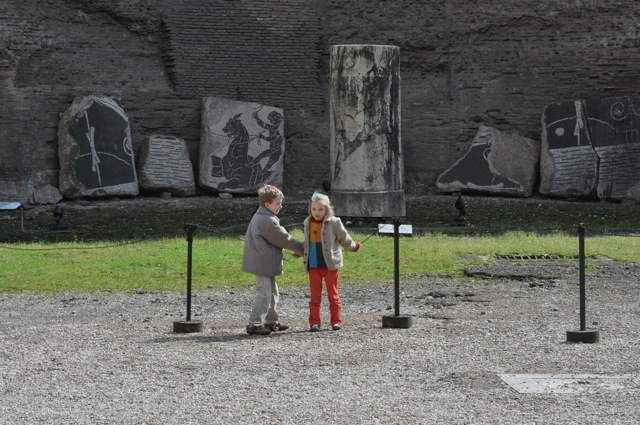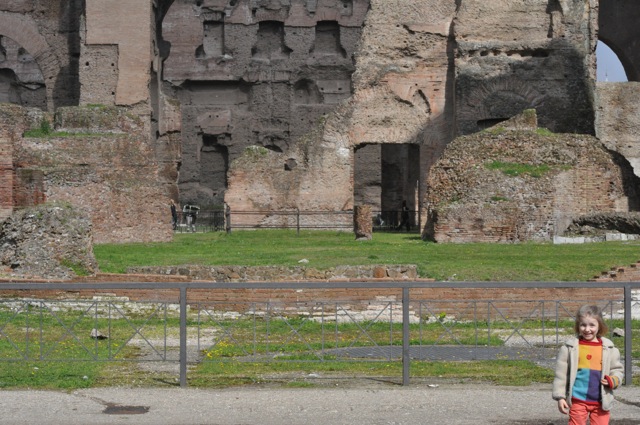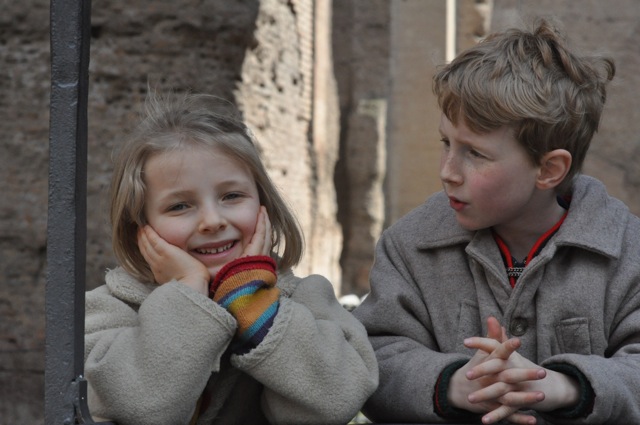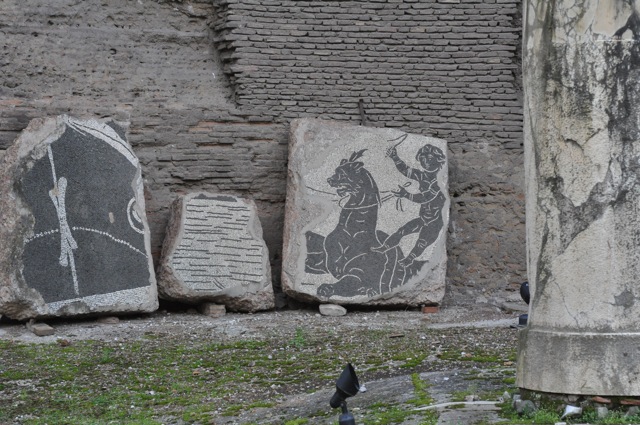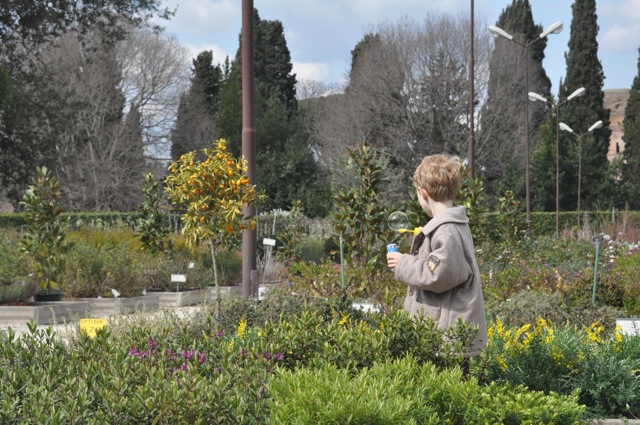The Baths of Caracalla
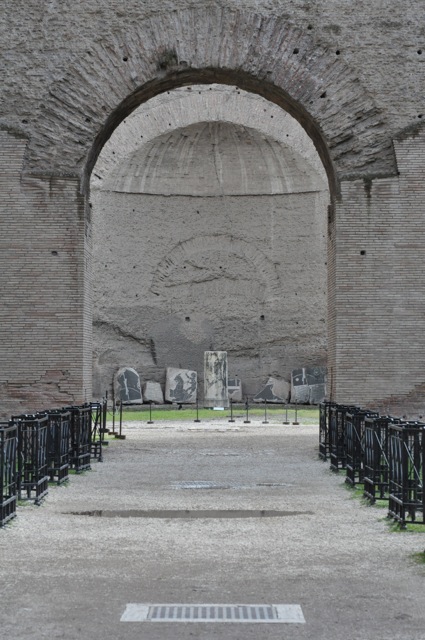
When we plan our clients’ trips, we always include sights that less typically will appear on a tourist’s itinerary. The Baths of Caracalla are one such favorite, exceptionally impressive and dramatic for their enormity (the site stretches over 33 acres) and the soaring, awe-inspiring remains that were among other things the prototype for Penn Station.
The Insider’s suggestion is to visit at midday in the winter, when you nearly always have the site to yourselves, or in very late afternoon in the summer when the silver sky overflows with swallows.
At Caracalla the ritual of bathing was a long process, starting with a hot bath in the calidarium. Next up was the lukewarm tepidarium, followed by the cold frigidarium. Then followed a swim in the natatio, an open air swimming pool. Leisure here continued at the libraries and gymnasiums.
You will see great arches and vaults, wonderful mosaics, terracotta piping, sunken pools and — in summer — the facilities used for staging opera performances in July and August. This summer’s productions (Isabel stands before the stage, above) are Romeo and Juliet, Rigoletto and (the ever traditional) Aida.
Children love Caracalla. Exploring the site is the sort of relaxed sightseeing that is often best for families. With Isabel and Nathan Louis we made daisy chains and spotted six kinds of wild flowers. While we gathered pine nuts, we talked about how mosaics are made and how the aqueducts that brought water here worked.
We ended a perfect Sunday morning with an hour at one of Rome’s best nurseries, next to Caracalla, and where the children blew bubbles while the adults selected seeds for Italian traditional and heirloom vegetables. You can too. Capri blue morning glories can cover your garden fence while all the mixings for a caponata or summer minestrone can come from this magical vivaio in Caracalla’s shadows.

Meet Marjorie
Insider’s Italy is an experienced family business that draws on my family’s four generations of life in Italy. I personally plan your travels. It is my great joy to share with you my family’s hundred-year-plus archive of Italian delights, discoveries and special friends.

